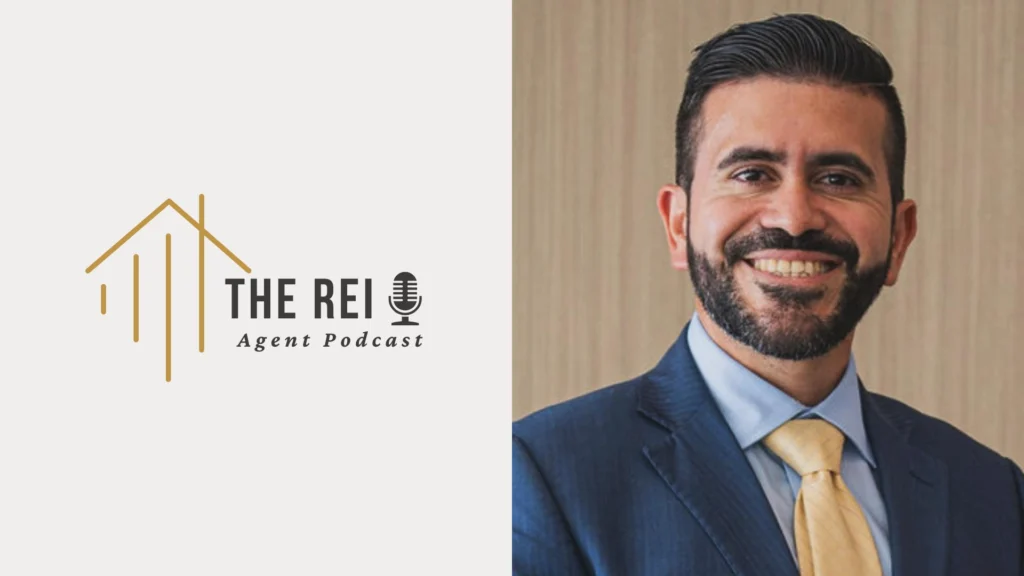Key Takeaways
- Reverse wholesaling involves building a network of buyers before searching for properties, flipping the traditional wholesaling model.
- This approach allows wholesalers to target properties that precisely match the specific needs of their buyer network.
- By focusing on meeting established buyer criteria, reverse wholesaling positions you strategically in the real estate market.
Understanding the Buyer-First Approach
You’ve probably heard of traditional real estate wholesaling, but reverse wholesaling turns that model on its head. Instead of scrambling to find buyers after securing a property, you’ll build your buyer network first and then hunt for properties that match their specific needs.
This strategy puts you in a powerful position. You’re not just guessing what buyers want, you’re actively fulfilling their established criteria. Want to discover how this buyer-first approach can transform your real estate business?
Creating a Strong Buyers List: The Foundation of Reverse Wholesaling
The foundation of successful reverse wholesaling lies in building a robust, responsive buyers list that you can count on. You’ll need to focus on building rapport with potential buyers through consistent networking strategies at local real estate events, online forums, and social media platforms.
Start by identifying serious cash buyers, property managers, and real estate investors in your target market. You’ll want to connect with them authentically, understand their investment criteria, and maintain regular communication. Remember, it’s not just about collecting contacts – it’s about nurturing relationships with reliable buyers who can close deals quickly when you present the right opportunities.
Identifying Profitable Property Criteria Based on Buyer Preferences
Success in reverse wholesaling hinges on your ability to match properties with buyer preferences. Your Buyer Analysis reveals vital insights into what investors want, while Market Trends help you understand where to find those properties. By combining these elements, you’ll identify the most profitable opportunities.
Here’s what you need to focus on when determining property criteria:
- Price points that align with your buyers’ investment budgets
- Preferred neighborhoods and zip codes for maximum ROI
- Property types (single-family, multi-family, or commercial)
- Condition requirements (turn-key vs. renovation potential)
Understanding these preferences helps you source properties that’ll sell quickly and profitably.
Sourcing Properties That Match Your Buyers’ Requirements
Armed with clear property criteria from your buyers, you’ll need effective strategies to locate matching properties in your target market. Start by leveraging online listing platforms, driving neighborhoods, and networking with local real estate agents.
You’ll want to build strong seller relations through consistent, professional communication and timely responses.
Conduct thorough property inspections to verify that homes meet your buyers’ specific requirements. Take detailed photos and notes during walk-throughs, documenting both positive features and potential concerns. Remember, your success depends on matching properties precisely to your buyers’ needs while maintaining transparency throughout the process.
Executing Successful Reverse Wholesale Transactions
Moving forward with a reverse wholesale deal requires careful orchestration of multiple moving parts. You’ll need to maintain transaction efficiency while implementing solid risk management strategies throughout the process.
To execute your reverse wholesale deal successfully:
- Draft clear purchase agreements that protect both parties and outline contingencies.
- Coordinate property inspections and guarantee timely delivery of reports.
- Manage earnest money deposits and maintain proper documentation.
- Facilitate smooth closings by working closely with title companies.
Navigating Reverse Wholesaling Successfully
You’ve now got the know-how to navigate reverse wholesaling like an expert sailor charting a course through lucrative waters. By starting with your buyers list, you establish a reliable compass for your property searches. Picture yourself as a real estate matchmaker, pairing ideal properties with eager investors. As you refine this technique, you’ll turn scattered deals into organized triumphs. So, go ahead and take the next step—embark on your real estate journey with intention and profitability in mind.





















